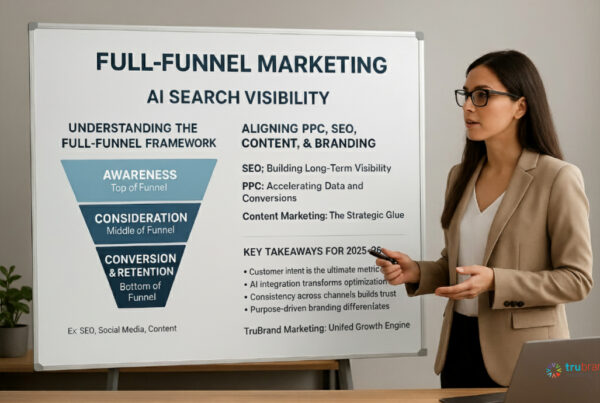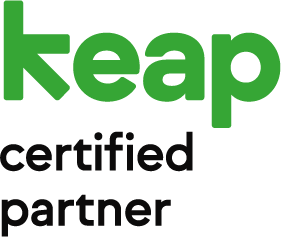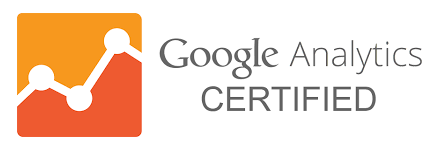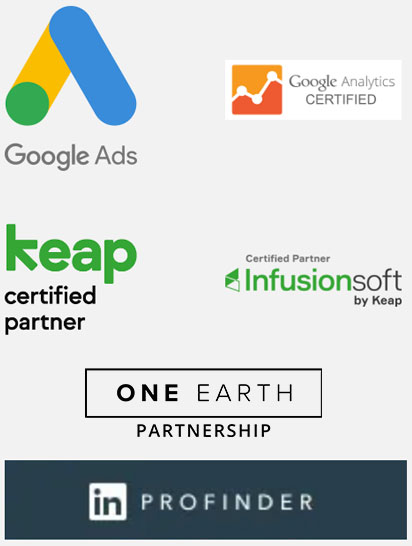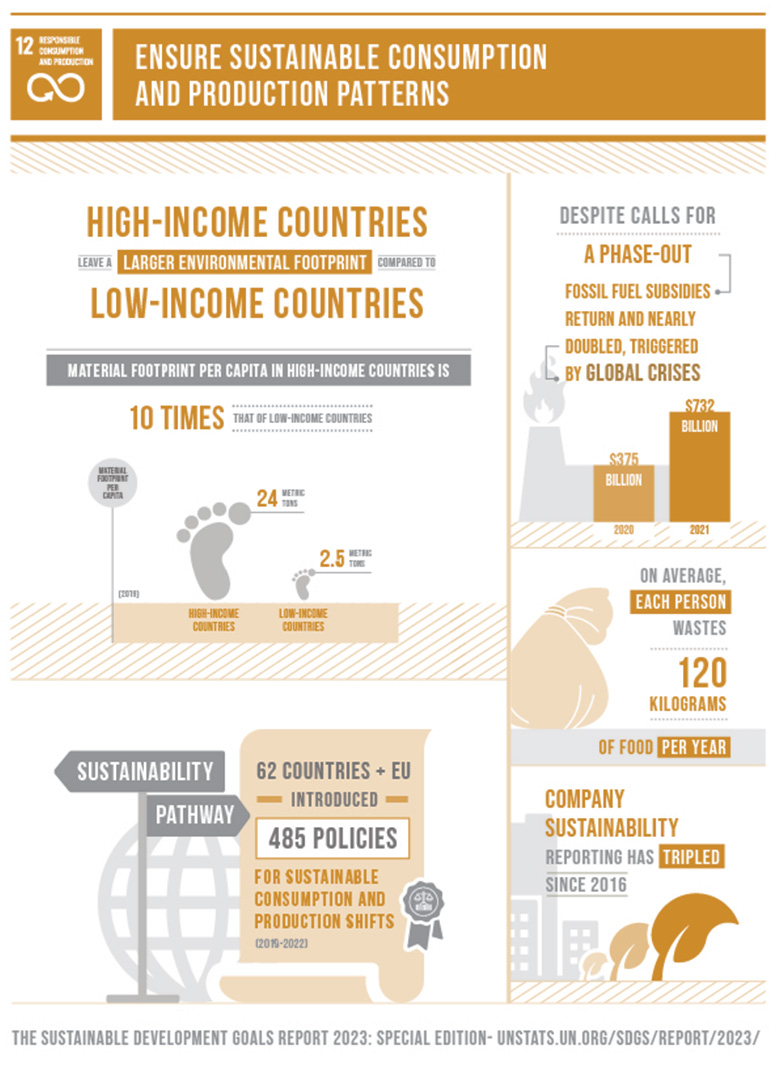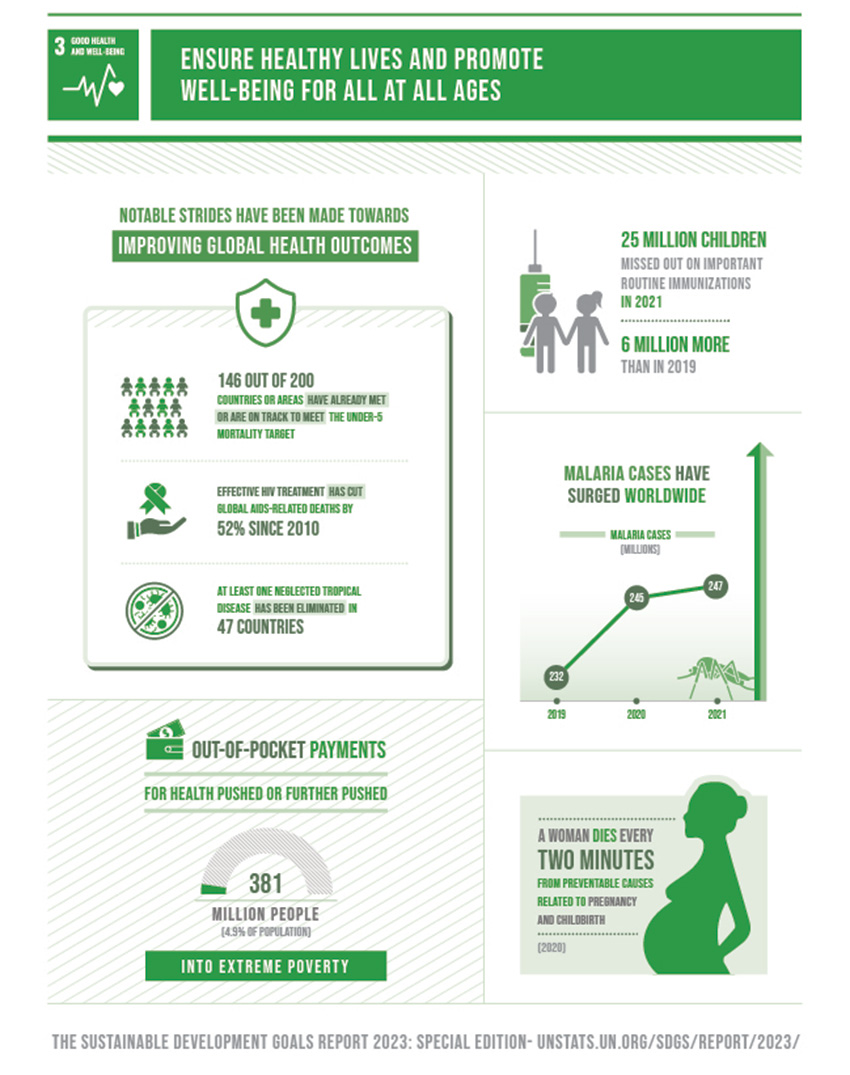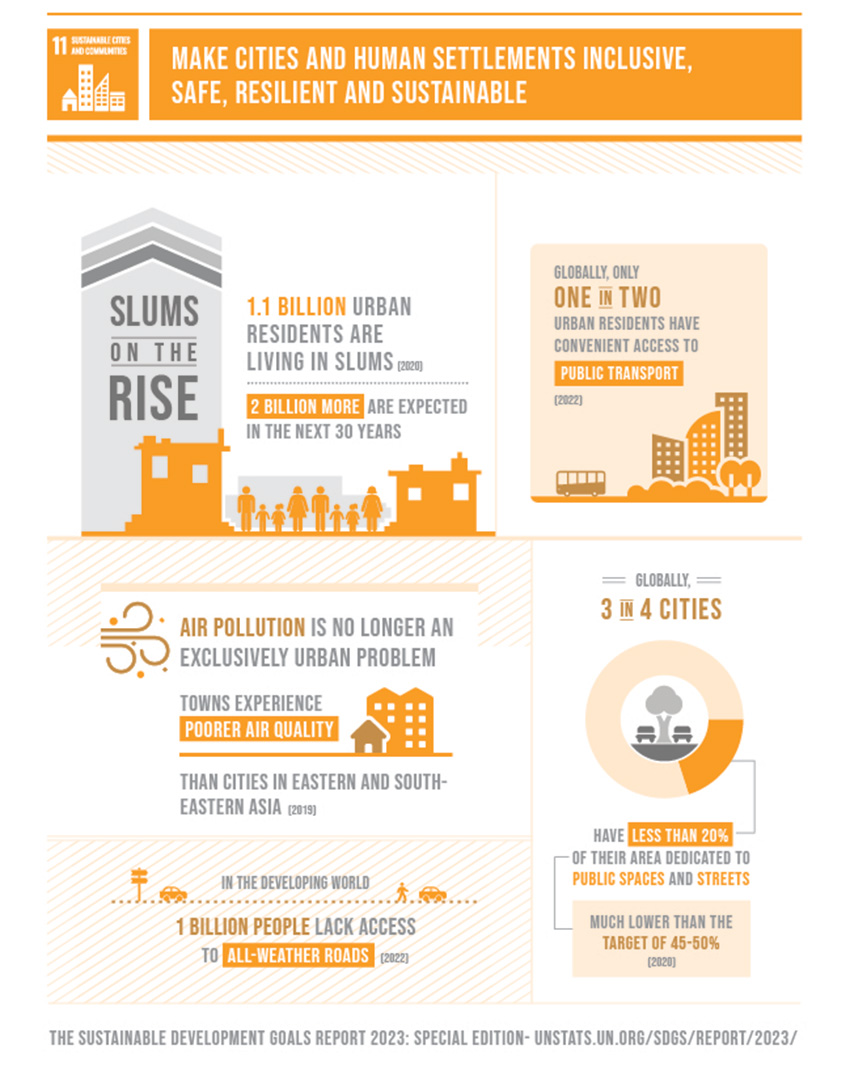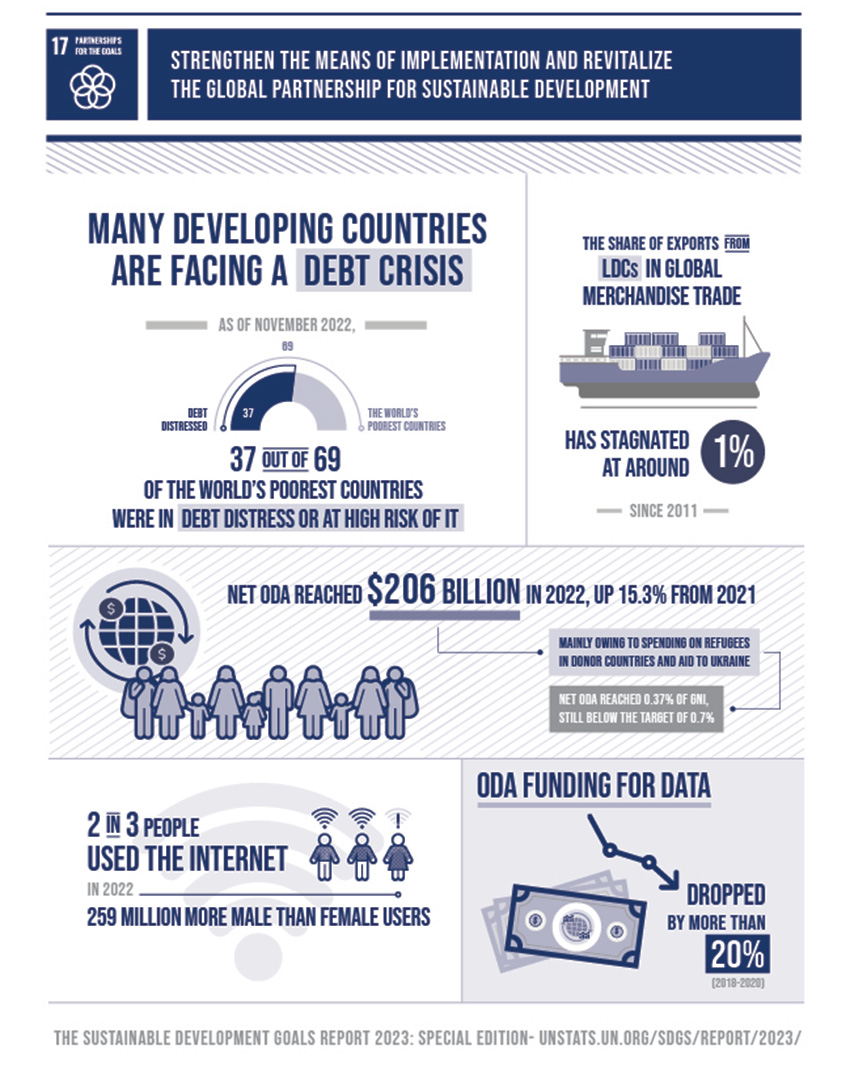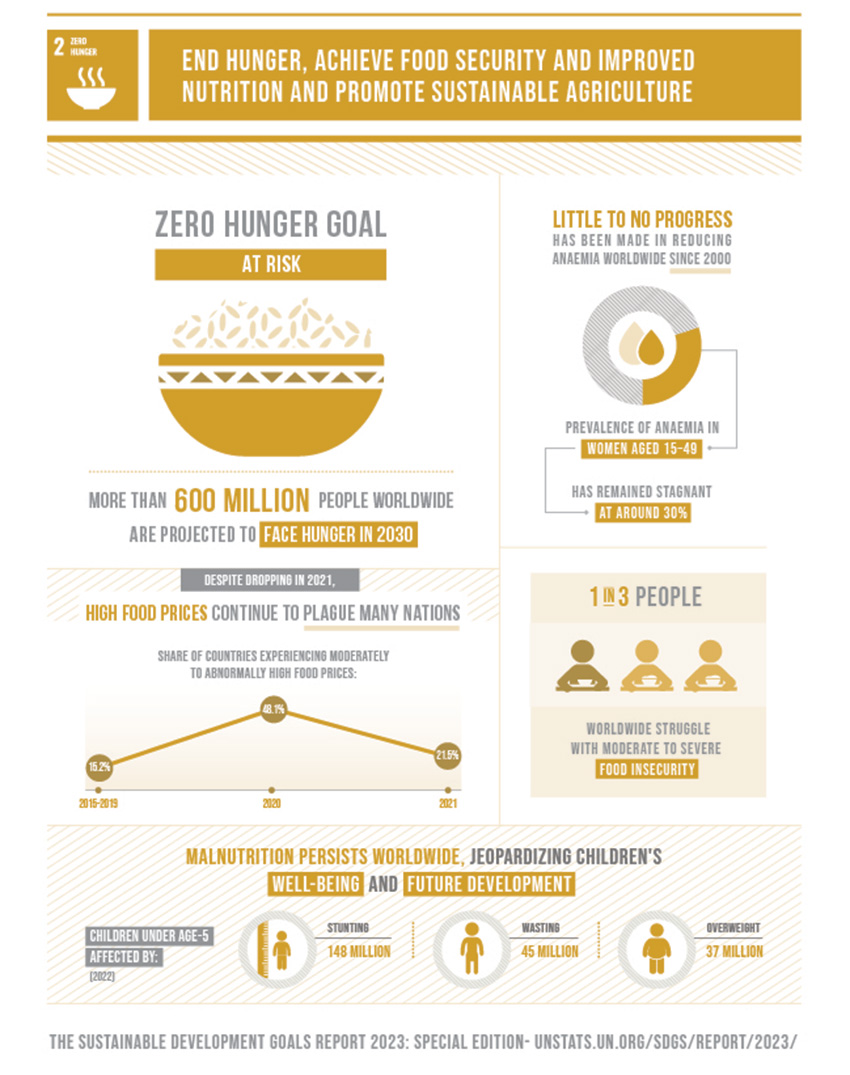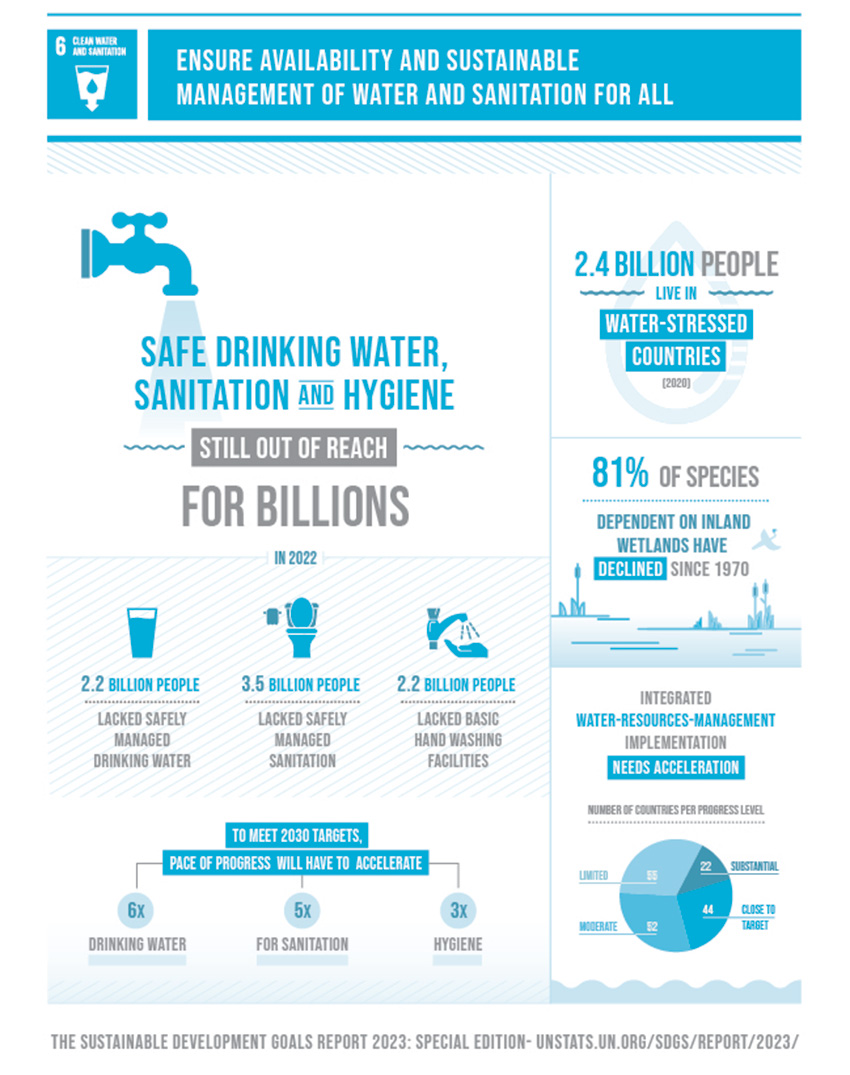
The Shift from Search Engines to AI Discovery
The way people discover brands, products, and services is changing faster than ever. Traditional search engines like Google still play a central role, but they’re no longer the only gateway to brand discovery. Increasingly, users are turning to AI-powered assistants like ChatGPT, Perplexity, and Gemini for recommendations and decision-making.
According to a 2024 Statista survey, nearly 30% of U.S. internet users say they use generative AI tools for search at least once a week, and this number is expected to climb as AI integrates into everyday platforms, from smartphones to smart speakers. McKinsey also projects that by 2030, over half of online search queries will be mediated through AI assistants rather than traditional search engines.
But here’s the challenge: unlike Google or Bing, AI platforms don’t provide dashboards, keyword rankings, or analytics. For marketers, that means the data goes dark. They’re left asking:
- How do we know if our brand is appearing in AI-generated answers?
- How is it being described or positioned?
- How often are we mentioned compared to competitors?
This uncertainty makes AI search a black box. Without visibility, brands risk losing influence, market share, and credibility—because they simply can’t measure what’s happening.
What Is AI Search Visibility?
AI search visibility is the ability to see how and where your brand appears in generative AI platforms. Unlike traditional SEO, which measures impressions, rankings, and clicks, AI visibility focuses on understanding your presence in answers, the sentiment of descriptions, and your comparative position versus competitors.
Generative AI platforms don’t list dozens of blue links the way Google does. Instead, they synthesize information and surface only a few recommendations—sometimes just one. That makes every mention critical. If your brand isn’t there, you’re not part of the conversation at all.
The Core Metrics of AI Search Visibility
To compete in the AI-powered era, brands need to track three critical metrics: presence, sentiment, and comparative position.
1. Presence: Are You Even in the Conversation?
The first and most fundamental question: Is your brand showing up at all?
For example:
- When someone asks, “What’s the best boutique hotel in Miami?”, does your property appear in the AI-generated list?
- If a user searches, “What’s the healthiest meal delivery service?”, is your company part of the response—or are competitors owning the space?
Recent research by BrightEdge found that 65% of AI answers draw from fewer than five primary sources. That means if your brand isn’t mentioned, competitors could dominate customer attention with no second page to scroll to. Without presence, sentiment and positioning don’t matter—you’re invisible.
2. Sentiment: How Is Your Brand Being Framed?
AI doesn’t just provide factual data—it interprets and frames it. That framing directly shapes customer perception and trust.
Sentiment analysis answers the question: How does AI describe your brand?
- Is your product framed as “trusted and reliable” or “budget-friendly but limited”?
- Are your services described as “personalized and customer-focused” or “generic and basic”?
This matters because AI-generated answers often carry an implied endorsement. A study from Edelman in 2024 found that 72% of consumers trust AI-assisted recommendations as much as those from friends or family. That means how AI talks about your brand could directly shape purchase decisions.
Monitoring sentiment helps protect brand reputation, align messaging, and uncover gaps in perception that need fixing.
3. Comparative Position: Are You Winning Over Competitors?
AI answers are concise. While a Google search might list 10+ results per page, generative AI often highlights two to four primary recommendations.
Comparative position measures: Are you being mentioned before or after competitors—or not at all?
This matters in categories where consumers make fast decisions, such as restaurants, healthcare, or retail. For example:
- If ChatGPT recommends three local coffee shops, being listed first can significantly influence foot traffic.
- In professional services, being omitted entirely can cause lost leads you’ll never know existed.
A 2024 Forrester report notes that brands mentioned in the first position of an AI recommendation see up to 60% higher engagement than those listed second or third. The competition is sharper—and the margin for invisibility is greater—than in traditional SEO.
Why AI Search Metrics Matter in 2025
AI search isn’t just a trend—it’s already reshaping consumer behavior:
- Over 100 million people worldwide use ChatGPT regularly (OpenAI, 2024).
- Perplexity AI reports more than 10 million daily active users, with queries often focused on local discovery and product comparisons.
- Gemini (Google’s AI) is directly integrated into Google Search, meaning generative answers are already influencing billions of searches every day.
Customers are asking these platforms who to buy from, where to go, and what to trust. Unlike traditional SEO, where businesses can measure visibility and clicks, AI visibility has no built-in reporting tools.
Brands that ignore AI search run the risk of being invisible in this new discovery layer. Brands that embrace AI visibility, however, gain a first-mover advantage—positioning themselves as leaders in the AI-first marketplace.
From Black Box to Playbook
For marketers, thriving in the AI era means shifting strategy:
- Audit your AI presence – Test how ChatGPT, Perplexity, and Gemini describe your brand versus competitors.
- Track sentiment patterns – Note if AI platforms describe your offerings positively or negatively.
- Benchmark competitors – See if rivals are being cited more often or more favorably.
- Adjust messaging and content – Optimize how your brand is described by ensuring accurate, reputation-building data is available to AI crawlers.
AI search visibility isn’t about replacing SEO or paid media—it’s about complementing them. In fact, the smartest brands integrate all three layers: SEO, paid media, and AI visibility to dominate customer discovery at every stage.
The Bottom Line
AI-powered discovery is already here, and it’s not slowing down. The platforms people use to make decisions are evolving, and the brands that win will be those who recognize and adapt to this shift.
The real question is no longer:
“Will AI search matter?”
It’s:
“Does your company or personal brand have AI search visibility right now?”
Brands that act today will be the ones shaping how they are discovered, trusted, and recommended in the AI-first marketplace.
TruBrand Marketing helps brands navigate this uncharted territory. By monitoring AI visibility, analyzing brand sentiment, and tracking competitive positioning, we ensure your business isn’t left behind in the AI era—you’re leading the way.
Ready to future-proof your brand? Contact TruBrand Marketing today and start dominating AI-powered discovery.
Sources
- Statista – Generative AI Search Usage in the U.S. (2024)
- McKinsey – The Economic Potential of Generative AI (2023)
- Edelman Trust Barometer 2024
- Forrester – Generative AI and Customer Engagement (2024)
- OpenAI – ChatGPT User Base 2024
- Perplexity AI – Daily Active Users in 2024
- Google Gemini – Integration with Google Search






